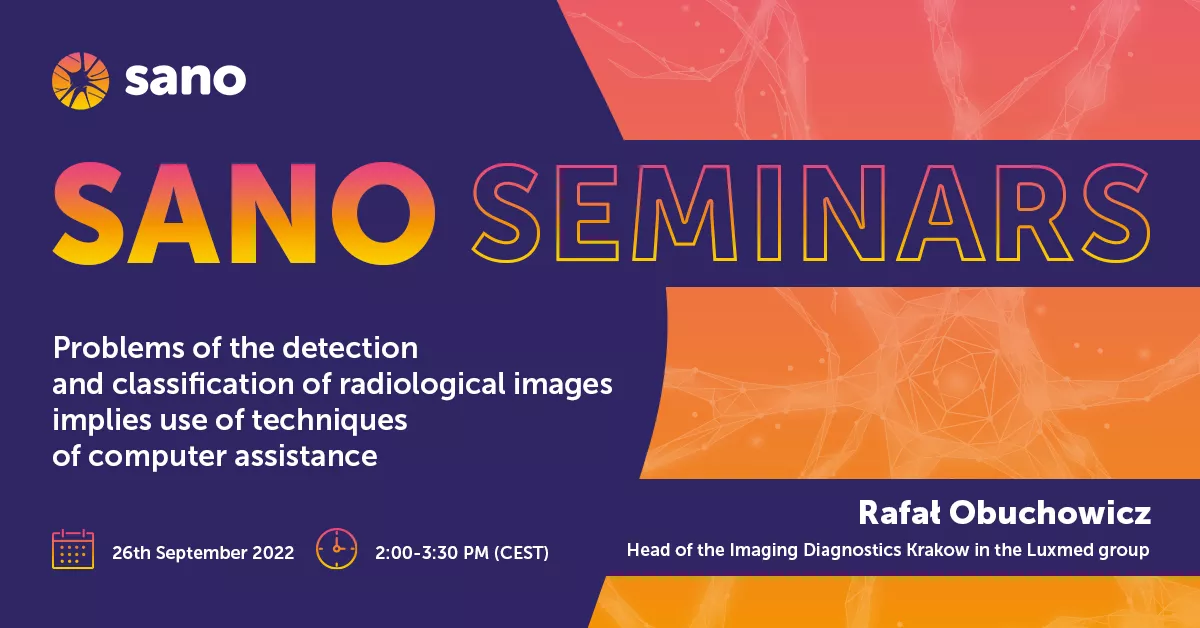
73. Problems of the detection and classification of radiological images implies use of techniques of computer assistance
Rafał Obuchowicz – Department of Radiology of the University Hospital, Head of the Imaging Diagnostics Krakow in the Luxmed Group
Abstract
Disproportion in the population of diagnostic imaging specialists and newly installed MR and TK scanners resulted in overproduction of imaging data material what can not be served by radiologists on time. This disproportion and growing demand for radiological opinions makes system inefficient. Three major steps of radiological study can be highlighted: detection, recognition and description. All theses steps are demanding and complex processes what might be assisted by nowadays computer based algorithms. Image detection relies on border definition, and tissue contrast recognition can be supported by textural analysis. Analysis both of histogram deviation and spatial variation of the pixel intensities increases detection of low contrast and blurred objects. This approach was examined and their usefulness was proven in experimental settings.
Image recognition as a task can be supported by artificial intelligence based on deep learning networks with use of supervised learning. Input of defined shapes and feedback on different stages of learning process with predicted outcome is effective if sufficiently large datasets are used. However input data preparation relies of radiologists expertise. This demanding step can be supported with classical methods as textural analysis used for extraction and shape segmentation. Image description is a last step of the process based on transformation of the recognized shape deformities to the natural language what can be assisted by speech recognition algorithms and shape detection modules finally incorporated to DICOM reader plugins. Collaboration between medical specialists and engineers is mandatory to achieve goals associated with demands of modern medicine.
About the author
Rafał Obuchowicz, currently works at the Department of Radiology of the University Hospital. He is the head of the Imaging Diagnostics Krakow in the Luxmed group. His professional interests are focused on the problems of focal changes detection and shape detection in various radiological techniques, both with the use of classical methods and deep learning machine algorithms. The result of the work undertaken in this direction is the NCBiR project: “XR-AI A diagnostic browser for radiology with computer-aided use of artificial intelligence”, of which he is the originator and in which he is the head of the medical team. Professional interests in the analysis of image quality using MR and X-ray techniques resulted in the completed habilitation procedure entitled: “Analysis and parametrization of information in selected techniques of radiological diagnostics”. Hobbies are environmental psychology, history, ecology in urbanization. Privately, husband, father of Izabella and Wiktor.

